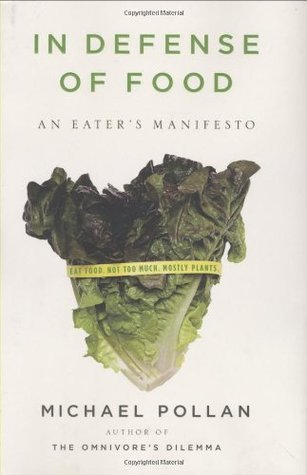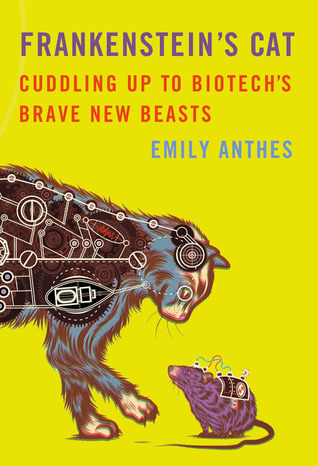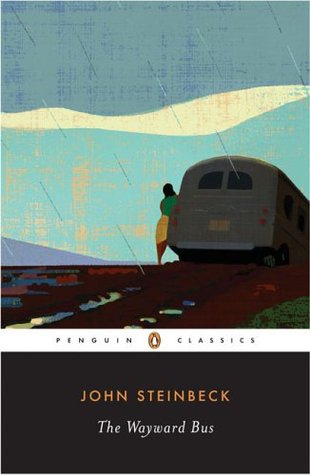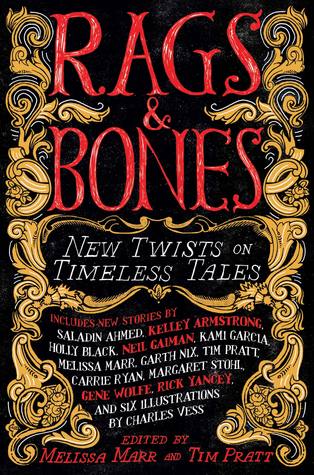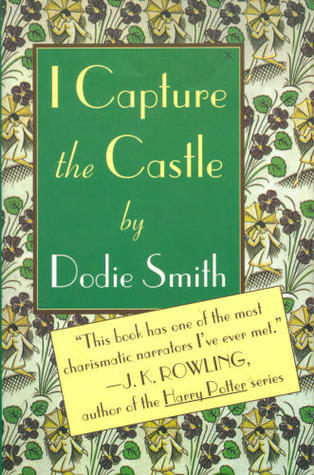 Just as Susan Hill revisits favorite and forgotten books in this charming memoir, I bought myself a copy and read it again, appreciating it more, I think, than two years ago, since I'd read and heard of more of the writers she covers.
Just as Susan Hill revisits favorite and forgotten books in this charming memoir, I bought myself a copy and read it again, appreciating it more, I think, than two years ago, since I'd read and heard of more of the writers she covers.The book begins with Ms. Hill going to the shelf on the landing to look for a book and not finding it; instead, she finds several other books which she's never read or forgotten she owned (or both). This sparks a resolution to read almost exclusively (with the exception of review copies) from books on her shelves; in other words, to buy no new books for a whole year, in itself a daunting resolve. But I'm certainly glad she decided to, for in Howards End is on the Landing, Hill charts her way through many books both famous and obscure, musing on the way about all sorts of things, from the Internet ("Too much internet usage fragments the brain and dissipates concentration...Information comes pre-digested in small pieces, one grazes on endless ready-meals and snacks of the mind, and the result is mental malnutrition...) to people to writing. I really liked that quote about the Internet; there's a bit more before, between and after the ellipses, but her general idea is there, and it's all too true.
Fourteen books ended up on my radar as of interest because of this book, and for that alone it's worth reading; Susan Hill introduced me to several interesting sounding authors who I'd never even heard of before. The book is concise and never boring, yet Hill does manage to cover a lot of ground, musing on a wide range of genres and authors, from classic mystery to Charles Dickens to W.G. Sebald. In between, she writes about literary experiences in her own life, from childhood trips to the library to becoming a member of an exclusive London library in college. She does sometimes boast about the famous writers she's had encounters with, but I suppose one can hardly blame her. Who wouldn't wish to recount bumping into E.M. Forster in the aforementioned library?
Much of my copy was bookmarked, because I found so many interesting passages and so many mentions of interesting books. Hill expounds upon books both famous and forgotten, classic and contemporary. One book that I'm really eager to read now is Virginia Woolf's A Writer's Diary; since reading A Room of One's Own, I haven't yet found another Woolf work to love wholeheartedly, and according to Hill A Writer's Diary is simply marvelous; she said it shaped her and led her to discover the rest of Woolf's oeuvre. I do need to try reading To the Lighthouse again as well, because Ms. Hill highly recommends it too
Susan Hill is both genteel and sharp; she's educated, refined, and reasonable, but not afraid to be critical of books and mindsets she is scornful of. And I loved that; that's my favorite kind of voice to spend an afternoon with, someone who's polished, well-spoken, elegant, and sharply clever. I was also quite fond of her British style, and envious of her vast and jumbled library. But now I have this volume for mine.
234 pages.
Rating: *****

